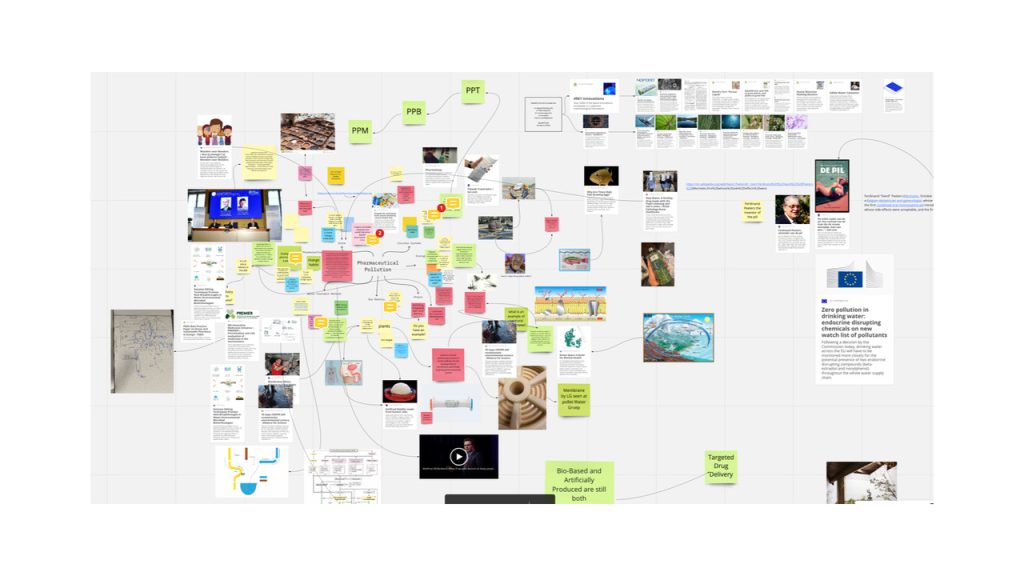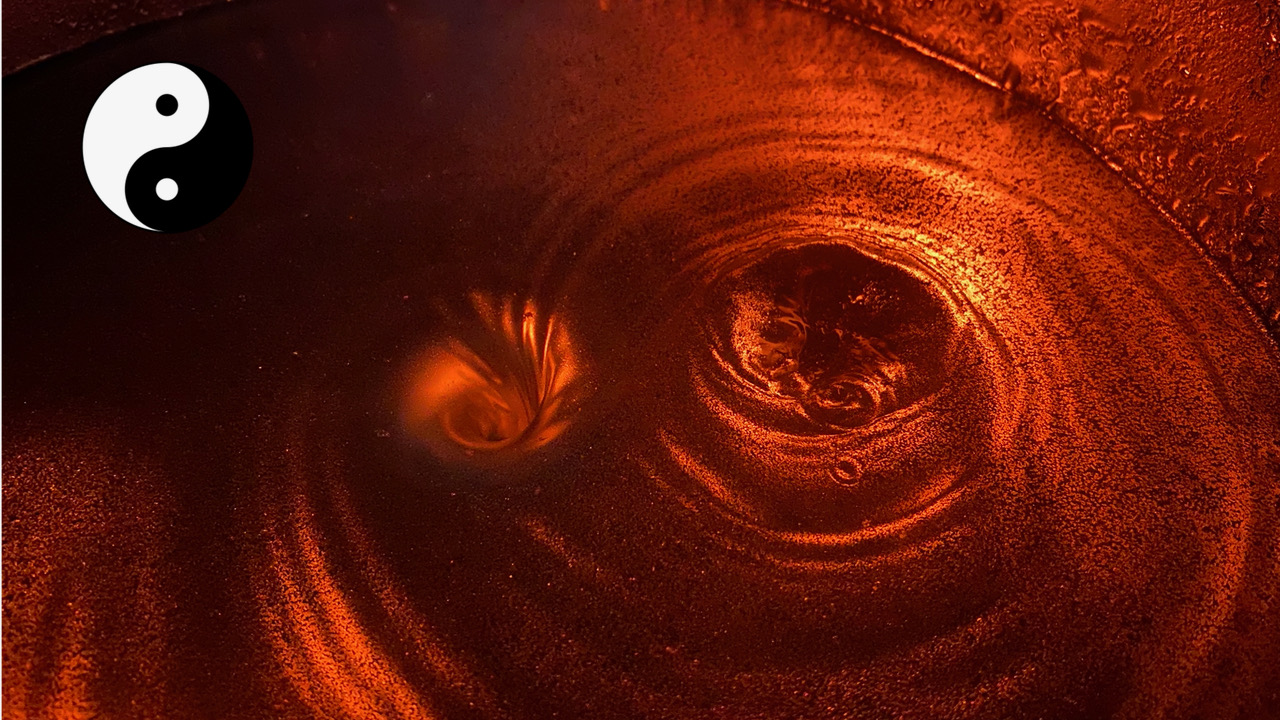A follow-up with Brussels-based S+T+ARTS resident Haseeb Ahmed.
According to the artist, the project has developed quite a bit since we last spoke. “I shifted away from antidepressants and birth-control, and started to focus more on anti-aging medicines and their impact on our water systems. This is an exciting topic, because they epitomize the contradiction of all pharmaceuticals. They are there to prolong human life and preserve its quality on the one hand, but have immense unintended ecological impacts, thereby endangering our existence on the other hand.” With this, the artist is referring to the extremely pollutive aspects of anti-aging medicines. As 90% of pharmaceuticals end up in water streams through human urine, they have a large impact on natural life. “Think about salmon filled with antibiotics, for example.”
Another topic the artist would like to incorporate, is time. “As I realized that any medicine has essentially the purpose of extending human life for as long as possible, I settled on creating a sculpture that plays with the mythological idea of the fountain of youth.” With the exhibition set for October, Haseeb would like to create a fountain that includes water clocks. These clocks measure time by regulating the flow of water. When one vessel is filled, one hour has passed, for example.
How are these topics of pharmaceuticals, water and time integrated? “Well, the passing of time is essentially an illusion, just like anti-aging is an illusion. I’m using stroboscopes to make it look like the water in the fountain is always standing still. You will hear the vessels of the water clocks being emptied and filled, however you’ll never see it, because the water drops are suspended in the air. Additionally, the water itself will be filled with compounds that are used in anti-aging medication. These compounds induce oxidation, which will make the artwork start to rust and eventually will make it seem to fall apart. It all comes down to showing something that is also happening in the human body, despite all these efforts of anti-aging drugs.”
To lay the base for his final work, Haseeb has experimented a lot with prototypes. “I developed a custom-made stroboscope, as well as a vortex that induces the sucking and dripping of water. I also made a water basin that has a thin layer of aluminum on the bottom. This is again where the mythical and poetic aspect comes in: I’m trying to turn the water into a mere surface in which people can see themselves, just like in the myth of Narcissus. This way, the audience is forced to look in the mirror. It would be nice if this causes them to reflect and think about why our society is this way. Why do we design and use pharmaceuticals the way we do despite their effect on the ecologies? Why do we prioritize human health over natural health?”
Haseeb is contemplating whether he would like to include even more audience participation. “I’m still playing with the idea of making people donate their expired pharmaceuticals. For example, I could build a toilet so that people can contribute their urine right then and there. However, I’m still not sure how to do this in an exhibition context (laughs).”
Text: Cato Boeschoten



